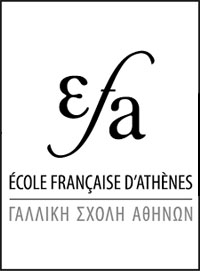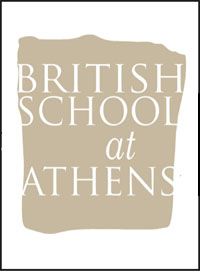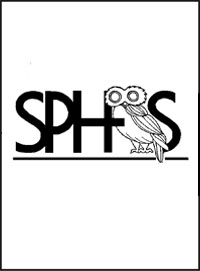ATHENS - 2005
Informations Générales
Numéro de la notice
4051
Année de l'opération
2005
Chronologie
Mots-clés
Nature de l'opération
Institution(s)
Toponyme
Notices et opérations liées
2005
Description
Junction of Lembesi 5-7 and Porinou. †P. Bougia (Γ’ ΕΠΚΑ) reports the discovery of antiquities over the southern part of this plot (Fig. 1), noting that the remaining area was severely damaged by a modern house (now demolished). Successive building remains of at least four phases date from the Late Geometric period to the fourth century AD. Early Christian tombs were also found in the northwest corner of the plot.
• Parts of three rectangular rooms were traced; pottery above the floors dates their final use to the second half of the fourth century AD. The western room contained a destruction layer from the middle of the third century AD, perhaps connected to the Herulian invasion of 267 AD. Vessel types (amphorae, prochoi, lamps, plates) may indicate storage. The western part of the central and largest room produced remains of small walls with fills dominated by Late Geometric pottery (skyphoi, prochoi, amphorae, kraters) but including also Classical, Mycenaean and Submycenaean sherds. A child burial was found among these walls cut into the earth, while in the southern part of the same area, two superimposed Π - shaped walls contained fill of the last quarter of the fourth century BC. At the level of the Late Roman foundation walls of the eastern room, are walls dated to late Hellenistic from the pottery (plates, relief bowls, lamps, and loom-weights). If not a continuation of the Late Roman villa along Makrygianni 19-27, this new complex of rooms is a comparable neighbouring residence.
• Two walls (6 and 10) on the northwest slope of the site may be Classical.
• Two disturbed cist graves (II, III), oriented north-south, on the northwest slope were built of brick and mortar, and coated with plaster inside. The accumulated skeletal material (five skulls and other bones) indicates that II housed collected bones. Another tile grave (IV) was truncated at the eastern end.
• Three narrow circular wells with built rims had hydraulic plaster on the interior walls.
Auteur de la notice
Robert PITT
Références bibliographiques
AD 60 (2005) Chr. B1 79-81
Date de création
2014-03-27 00:00:00
Dernière modification
2023-10-17 05:38:49








